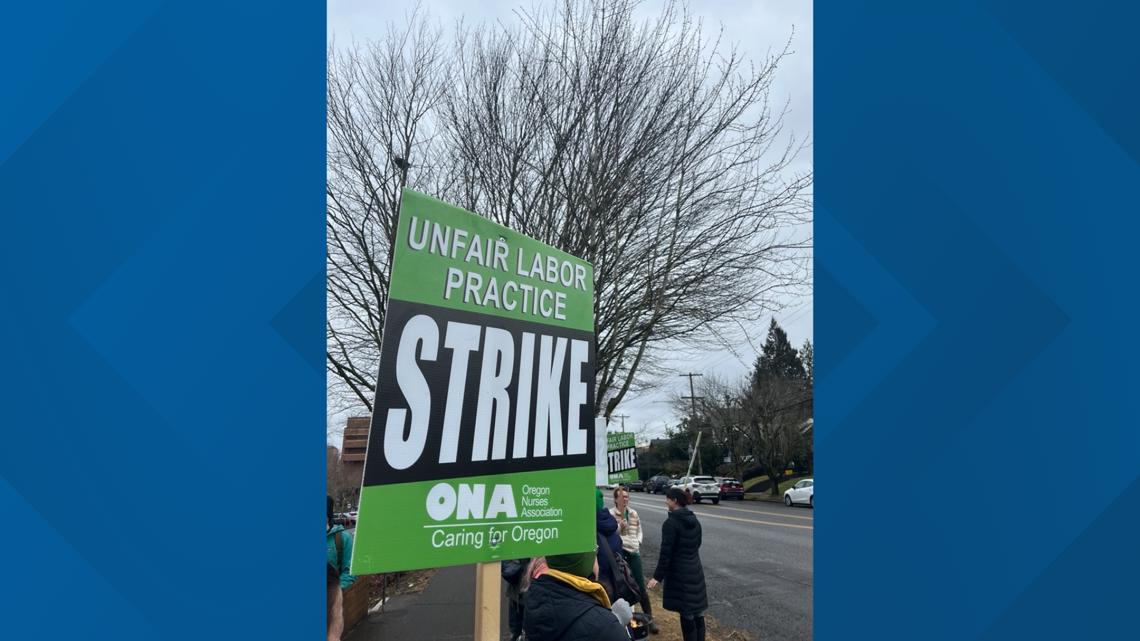Healthcare Heroes at Breaking Point: Providence Workers Battle Benefits Cuts

Providence Healthcare workers facing a challenging strike have received crucial support from their union, with a lifeline that helps them maintain their benefits while standing firm in their labor dispute. The union has announced that workers must return to work by February 28th to preserve their critical healthcare and financial protections.
To ease the financial strain during this difficult period, the union has established a comprehensive hardship fund designed to provide financial assistance to striking workers. This support mechanism ensures that employees can continue their labor action without facing immediate economic devastation.
The February 28th deadline represents a critical moment for workers, offering them a clear pathway to retain their benefits while continuing to advocate for their workplace rights. By providing both financial support and a structured return timeline, the union demonstrates its commitment to supporting its members through this challenging labor negotiation.
Workers are encouraged to stay informed about the ongoing negotiations and utilize the union's hardship fund resources to help them navigate this challenging period of collective action.
